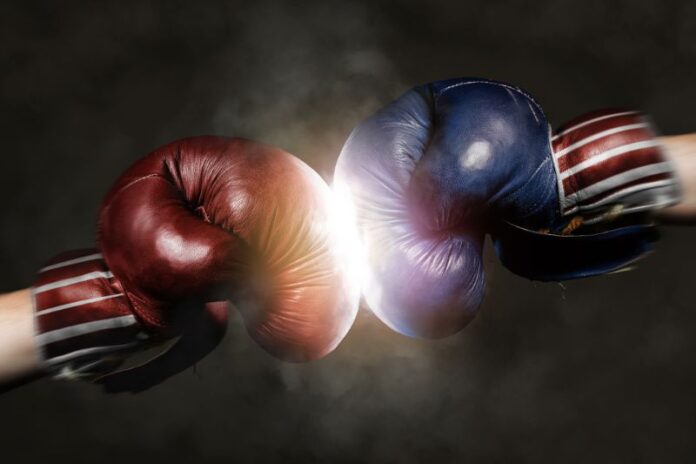The United States Supreme Court has been lauded by such diverse members as conservative Chief Justice William Rehnquist and liberal Associate Justice Ruth Bader Ginsburg as the “crown jewel” of the Constitution for its power of judicial review. The court should be venerated not because of the happenstance of personalities or ideological persuasion but because of its pivotal institutional role in the Constitution’s separation of powers in checking government abuses and saluting liberty as the glory of the United States.
James Madison, father of the Constitution and the Bill of Rights, elaborated, “independent tribunals of justice will consider themselves in a peculiar manner the guardians of those rights; they will be an impenetrable bulwark against every assumption of power in the legislative or executive; they will be naturally led to resist every encroachment upon rights expressly stipulated for in the constitution by the declaration of rights.”
Unlike Congress or the White House, the justices are appointed, not elected on the back of opportunistic promises inspired by handsome campaign contributions. Justices serve for life. They come to the court without any voting commitments. As Abraham Lincoln noted, “We cannot ask a man what he will do, and if we should, and he should answer us, we should despise him for it.”
The media disserves the public and the court by creating the impression that cases are decided by results-driven ideological clashes: red versus blue with an occasional purple justice. In other words, the Supreme Court is the same old polarized politics by other means.
But that picture is false.
All the justices are sincere in their votes even if they disagree. That is because constitutional law is inherently more chiaroscuro than primary colors. It is not written with the details of the Internal Revenue Code. As Justice Olver Wendell Holmes Jr. famously wrote in “The Common Law,” “The life of the law has not been logic: it has been experience. The felt necessities of the time, the prevalent moral and political theories, intuitions of public policy, avowed or unconscious, even the prejudices which judges share with their fellow-men, have had a good deal more to do than the syllogism in determining the rules by which men should be governed.”
Moreover, accepted canons of constitutional or statutory interpretation commonly collide.
Some Supreme Court precedents, for example, give primary weight to text. Others make the policy or purpose of a law decisive. The court thus wrote in Church of the Holy Trinity v. United States (1892), “”[A] thing may be within the letter of the statute and yet not within the statute because not within its spirit nor within the intention of its makers.”
The Supreme Court is also reluctant to overturn a precedent inconsistent in principle with later decisions. The doctrine of stare decisis and predictability in the law militate in favor of letting inconsistencies endure.
Read carefully the cases which divide the court. (They are a minority in the court’s docket). You will be amazed at how convincing the majority, concurring and dissenting opinions are.
They all marshal time-honored canons of interpretation and precedents in their favor. None are outside the constitutional mainstream.
Take the recent Second Amendment case of United States v. Rahimi. The Court ruled 8-1 that the amendment did not protect an individual who had been found after a hearing to pose a credible threat to the danger of another. The dissent came to the opposite conclusion, relying on the same standards of constitutional interpretation, including text and history.
Despite differences in background and time-honored interpretive theories, the justices are amazingly collegial. None questions the intellectual sincerity of another. They do not huddle in separate quarters. Intellectual opposites Antonin Scalia and Ruth Bader Ginsberg famously remained close friends despite dueling opinions. We are thankfully beyond the days when Justice James McReynolds refused to speak to Justice Louis D. Brandeis because the latter was Jewish.
The Supreme Court is the least dangerous branch because it lacks the purse or the sword. To the extent the court is sincere in its judgments, to that extent it will enjoy public confidence and support. Disagreements among the justices surface not because of ulterior political motives but because constitutional interpretation is an art, not a science. Judge Learned Hand thus noted:
“I venture to believe that it is as important to a judge called upon to pass on a question of constitutional law, to have at least a bowing acquaintance with Acton and Maitland, with Thucydides, Gibbon and Carlyle, with Homer, Dante, Shakespeare and Milton, with Machiavelli, Montaigne and Rabelais, with Plato, Bacon, Hume and Kant, as with books that have been specifically written on the subject.”
A difference of opinion among the Justices is not a difference in constitutional principles. The court itself should be celebrated by the media as one of the finest hours in statesmanship.






























